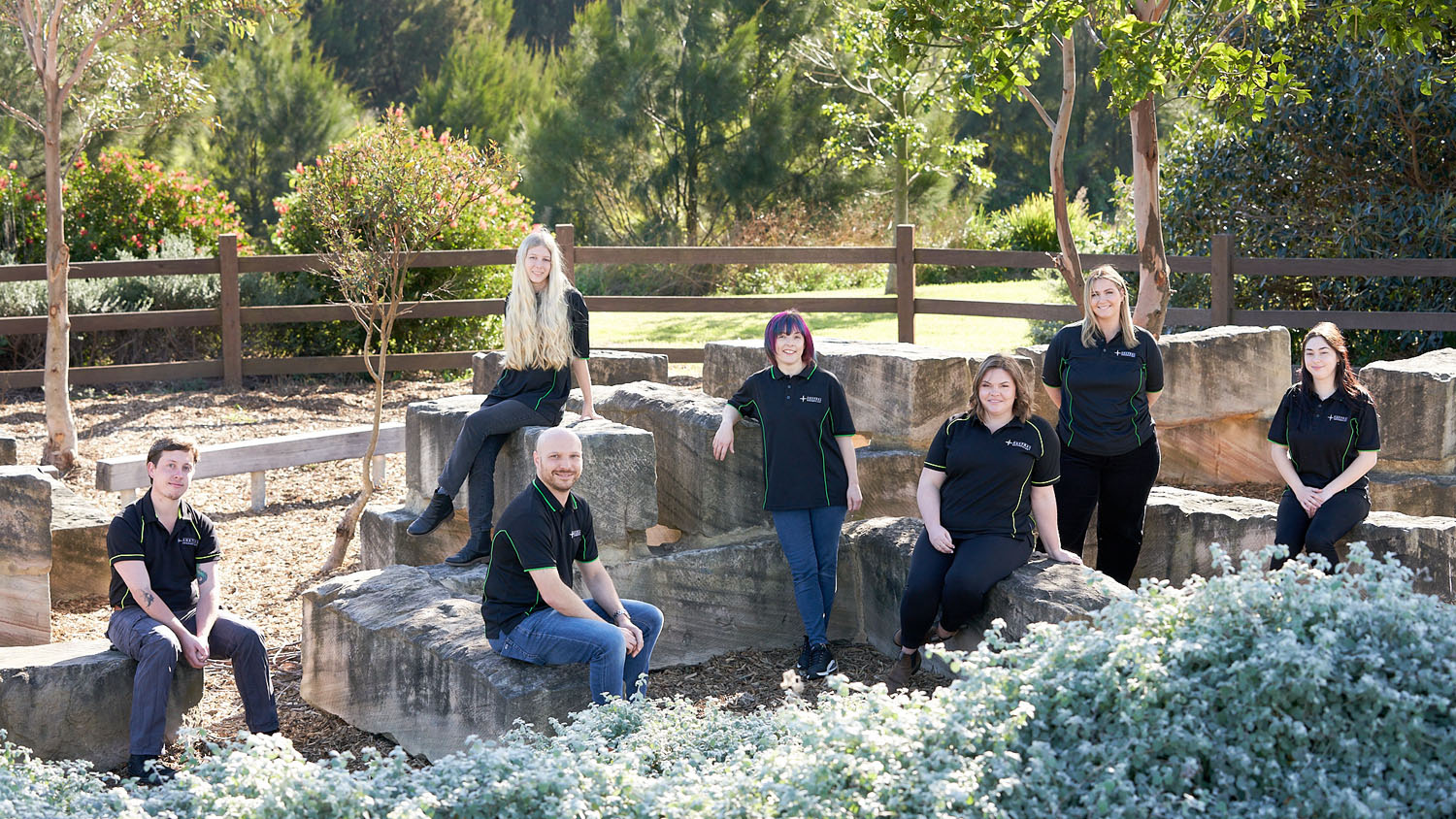Guidelines for Aboriginal Cultural Heritage Management
Understanding and managing Aboriginal cultural heritage is an essential part of preserving the rich history and identity of Australia’s First Nations people. This article explores comprehensive guidelines for Aboriginal cultural heritage management and aims to provide clear, actionable steps for anyone looking to understand the responsibilities and best practices involved. Whether you’re involved in development projects or simply curious about the process, this guide will cover key points in a straightforward, accessible manner.
What is Aboriginal Cultural Heritage?
Aboriginal cultural heritage refers to the tangible and intangible assets that represent the long history and cultural significance of Australia’s Aboriginal peoples. These may include sacred sites, artifacts, languages, songs, stories, and customs that hold deep meaning to Aboriginal communities. Think of these as the living threads that connect Aboriginal peoples to their ancestors and their land, forming an unbroken link from the past to the present.
Understanding what makes up cultural heritage is crucial because it encompasses more than just physical objects. It is also about the traditions and stories that have been passed down for generations.
The Importance of Aboriginal Cultural Heritage
Why does Aboriginal cultural heritage matter? Preserving this heritage is not just about maintaining historical records; it is about respecting the profound connection between Aboriginal people and their lands. For tens of thousands of years, Aboriginal Australians have lived in harmony with the natural environment, their cultural practices interwoven with the land and its resources.
Learn more: https://australarch.com.au/aboriginal-heritage-services/
In modern times, the pressures of development, resource extraction, and urban expansion pose significant threats to this heritage. Without careful management, we risk losing these irreplaceable cultural treasures. Aboriginal cultural heritage management ensures that we preserve and protect the history, traditions, and sacred sites for future generations.
Legal Frameworks and Regulations
Australia has a strong legal framework governing the protection of Aboriginal cultural heritage. Federal and state laws, such as the Aboriginal and Torres Strait Islander Heritage Protection Act (1984) and various state-specific legislation, provide guidelines for protecting heritage sites.
If you’re involved in any development projects, it’s essential to understand your obligations under these laws. Failure to comply can lead to legal consequences, including fines or the halting of projects. For instance, in Tasmania, where Austral Archaeology – Heritage Consultant operates, there are stringent state regulations that guide developers in their interactions with Aboriginal heritage sites.
Principles of Aboriginal Cultural Heritage Management
Aboriginal cultural heritage management operates on several core principles:
- Respect: Respect for the cultural values, beliefs, and traditions of Aboriginal communities.
- Engagement: Actively involving Aboriginal communities in decision-making processes.
- Sustainability: Ensuring that heritage management practices are sustainable and protect the sites for future generations.
- Accountability: Holding all parties responsible for their roles in managing and protecting heritage sites.
These principles act as the foundation upon which effective heritage management is built, and they encourage collaboration between stakeholders, including Aboriginal communities, government agencies, and developers.
Identifying and Documenting Heritage Sites
Before any development or land-use project begins, it’s crucial to identify and document any Aboriginal heritage sites that may be affected. This involves conducting surveys and assessments to ensure that no significant sites are overlooked. Archaeologists, such as those at Austral Archaeology – Heritage Consultant, often collaborate with Aboriginal elders and community members to properly identify sacred or culturally significant areas.
Once sites are identified, detailed documentation, including maps, photos, and descriptions, is created. This documentation becomes a vital tool for future preservation and helps inform any mitigation strategies.
Engaging with Aboriginal Communities
Engaging with Aboriginal communities is perhaps the most critical part of cultural heritage management. Without the involvement of the traditional custodians of the land, efforts to protect cultural heritage will always fall short. By engaging in open dialogue, developers and other stakeholders can ensure that Aboriginal voices are heard and respected throughout the process.
It’s not just about consulting once and then moving forward—engagement should be ongoing, respectful, and sincere. Building trust with Aboriginal communities takes time, but it is essential for creating a lasting and meaningful partnership.
Impact Assessments
An impact assessment evaluates how proposed developments will affect Aboriginal heritage sites. These assessments are a legal requirement before any major project can begin. They look at both direct and indirect impacts, such as the destruction of a sacred site or the interruption of traditional practices.
It’s important to recognize that even developments far from a heritage site can still have an indirect impact, for example, by affecting water flow to an area of cultural significance.
Mitigation and Conservation Strategies
Mitigation refers to the steps taken to minimize the damage to Aboriginal heritage during development projects. In some cases, this might mean altering the project design to avoid a heritage site altogether. Other times, it could involve moving or preserving artifacts.
Conservation, on the other hand, focuses on maintaining and protecting heritage sites for the long term. This could involve restoring damaged sites or implementing protective measures to ensure they aren’t damaged in the future.
The Role of Development in Heritage Preservation
While development and preservation might seem at odds, they can work together harmoniously when approached thoughtfully. Developers have a responsibility to ensure their projects do not harm Aboriginal cultural heritage, and when they collaborate with heritage consultants, like those at Austral Archaeology, they can find solutions that allow progress without sacrificing the past.
In fact, some developers go a step further by contributing to the preservation of heritage sites or supporting local Aboriginal communities through educational or cultural programs.
Common Challenges in Aboriginal Cultural Heritage Management
Managing Aboriginal cultural heritage isn’t without its challenges. Some common issues include:
- Conflicting Interests: Balancing the needs of developers and the desire to preserve heritage can be difficult.
- Lack of Awareness: Many people, including developers, may not be aware of the significance of Aboriginal cultural heritage.
- Inadequate Funding: Preserving and managing heritage sites requires significant resources, which are often limit.
- Political and Social Pressures: Sometimes, the protection of heritage sites can become entangled in broader political or social debates, making it harder to find solutions.
Success Stories: Learning from the Past
There are several success stories where development and Aboriginal cultural heritage management have worked hand in hand. One such example is the protection of heritage sites along the construction of new infrastructure in various parts of Australia. These projects succeeded because of strong community involvement and a commitment to respecting Aboriginal cultural values.
These stories serve as inspiration and proof that it is possible to manage cultural heritage responsibly, even in the face of development pressures.
Future Outlook: Sustainable Heritage Management
Looking to the future, sustainable heritage management will be crucial. This means creating long-term strategies that not only protect Aboriginal cultural heritage but also integrate it into Australia’s broader understanding of its history.
As more people become aware of the importance of Aboriginal heritage, there is hope that future developments will prioritize protection and preservation.
Austral Archaeology – Heritage Consultant
As a leader in heritage consultancy, Austral Archaeology – Heritage Consultant plays a pivotal role in Aboriginal cultural heritage management across Australia. They work closely with both Aboriginal communities and developers to ensure that cultural heritage is respect and preserve for future generations.
Their expertise in heritage site identification, impact assessments, and mitigation strategies makes them a valuable partner for any project that intersects with Aboriginal heritage.
How to Get Involve in Aboriginal Cultural Heritage Preservation
If you’re passionate about preserving Aboriginal cultural heritage, there are several ways you can get involve:
- Volunteer with Aboriginal organizations that focus on heritage preservation.
- Educate yourself and others about the importance of Aboriginal culture and history.
- Support initiatives and businesses that respect and promote Aboriginal cultural heritage.
By taking these steps, you can contribute to a more respectful and inclusive future for all Australians.
Conclusion
In conclusion, managing Aboriginal cultural heritage is about more than following legal obligations—it’s about respecting and honouring the rich cultural legacy of Australia’s First Nations people. By engaging with Aboriginal communities, adhering to best practices, and being mindful of the impacts of development, we can ensure that this invaluable heritage is preserved for future generations.
FAQs
1. What is Aboriginal cultural heritage?
Aboriginal cultural heritage includes the physical sites, artefacts, and practices significant to Aboriginal Australians, such as sacred sites and cultural traditions.
2. Why is it important to manage Aboriginal cultural heritage?
Cultural heritage management preserves the traditions, stories, and sacred sites of Aboriginal people, ensuring that their history is honour and pass on to future generations.
3. What laws protect Aboriginal cultural heritage in Australia?
Laws like the Aboriginal Heritage Act (1972) and the Environment Protection and Biodiversity. Conservation Act (1999) provide legal frameworks for protecting Aboriginal heritage.
4. What is a cultural heritage assessment (CHA)?
A CHA is a survey that identifies significant cultural heritage sites. Before land development, helping ensure that these sites are preserve and respect.
5. How can the general public engage with Aboriginal cultural heritage?
The general public can engage by visiting cultural heritage sites respectfully. Learning about Aboriginal history, and supporting initiatives that protect these important places.














Post Comment